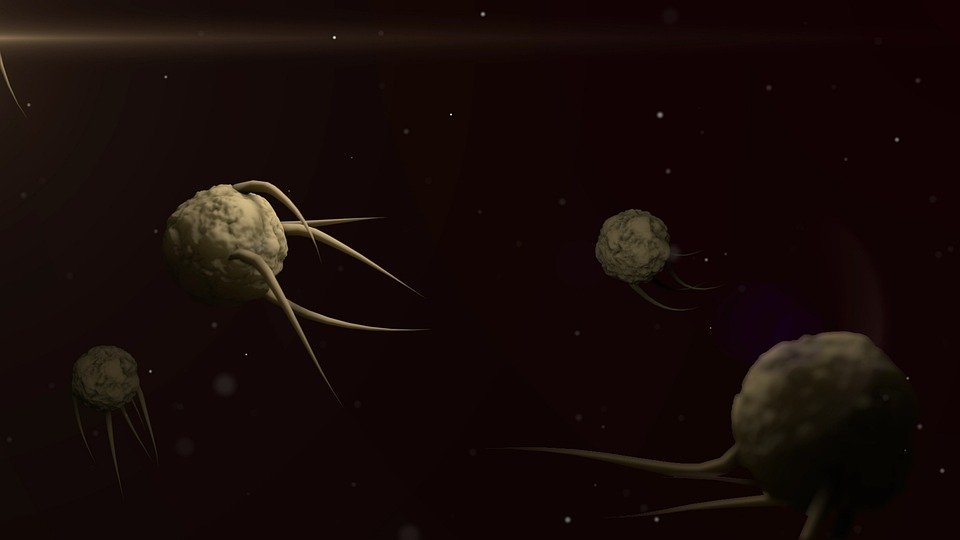
Hypotension, also known as low blood pressure, is a condition in which a person’s blood pressure drops below the normal level. While hypotension is often considered less serious than hypertension (high blood pressure), it can still cause symptoms and complications that affect a person’s daily life. Understanding the causes, symptoms, and treatment options for hypotension is crucial for managing this condition effectively.
Causes of Hypotension:

There are several potential causes of hypotension, including:
1. Dehydration: When the body loses too much fluid, it can lead to a drop in blood pressure. Dehydration can be caused by vomiting, diarrhea, excessive sweating, or not drinking enough fluids.

2. Medications: Some medications, such as diuretics, beta-blockers, and certain antidepressants, can lower blood pressure as a side effect.
3. Heart problems: Conditions such as heart failure, heart attack, or abnormal heart rhythms can lead to low blood pressure.

4. Endocrine problems: Disorders of the adrenal glands, thyroid, or pituitary gland can cause hypotension.
5. Blood loss: Severe bleeding from an injury, surgery, or internal bleeding can result in a rapid drop in blood pressure.
Symptoms of Hypotension:
The symptoms of hypotension can vary depending on the underlying cause and the severity of the condition. Some common symptoms of low blood pressure include:
1. Dizziness or lightheadedness
2. Fainting
3. Fatigue
4. Blurred vision
5. Nausea
6. Rapid or shallow breathing
7. Cold, clammy skin
8. Confusion or difficulty concentrating
In severe cases, hypotension can lead to shock, a life-threatening condition in which the organs do not receive enough blood flow to function properly.
Treatment Options for Hypotension:
Treatment for hypotension will depend on the underlying cause of the condition. In some cases, lifestyle changes or medications may be recommended to manage low blood pressure. Some common treatment options for hypotension include:
1. Increasing fluid intake: Drinking more water and other fluids can help prevent dehydration and raise blood pressure.
2. Eating a balanced diet: Consuming foods high in salt and potassium can help increase blood volume and raise blood pressure.
3. Avoiding alcohol: Alcohol can lower blood pressure, so limiting or avoiding alcohol consumption may be beneficial for people with hypotension.
4. Wearing compression stockings: Compression stockings can help improve circulation and prevent blood from pooling in the legs, which can lead to a drop in blood pressure.
5. Medications: In some cases, medications such as fludrocortisone, midodrine, or erythropoietin may be prescribed to raise blood pressure.
It is important for people with hypotension to work closely with their healthcare provider to develop a treatment plan that is tailored to their specific needs and medical history.
In conclusion, hypotension is a common condition that can cause symptoms and complications that affect a person’s quality of life. By understanding the causes, symptoms, and treatment options for hypotension, individuals can effectively manage this condition and improve their overall health and well-being. If you are experiencing symptoms of low blood pressure, it is important to consult with a healthcare provider for a proper diagnosis and treatment plan.

Discover more from Bibliobazar Digi Books
Subscribe to get the latest posts sent to your email.


